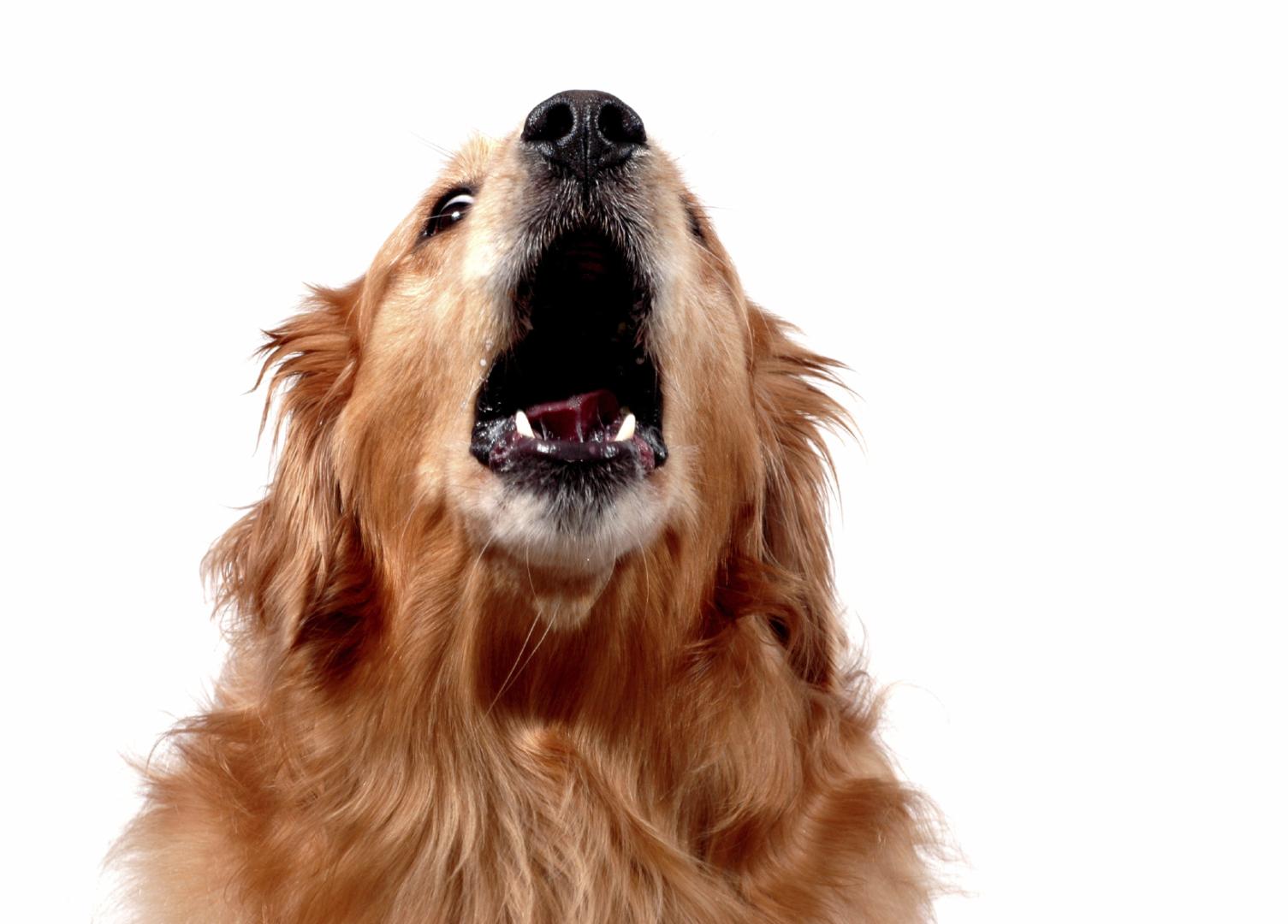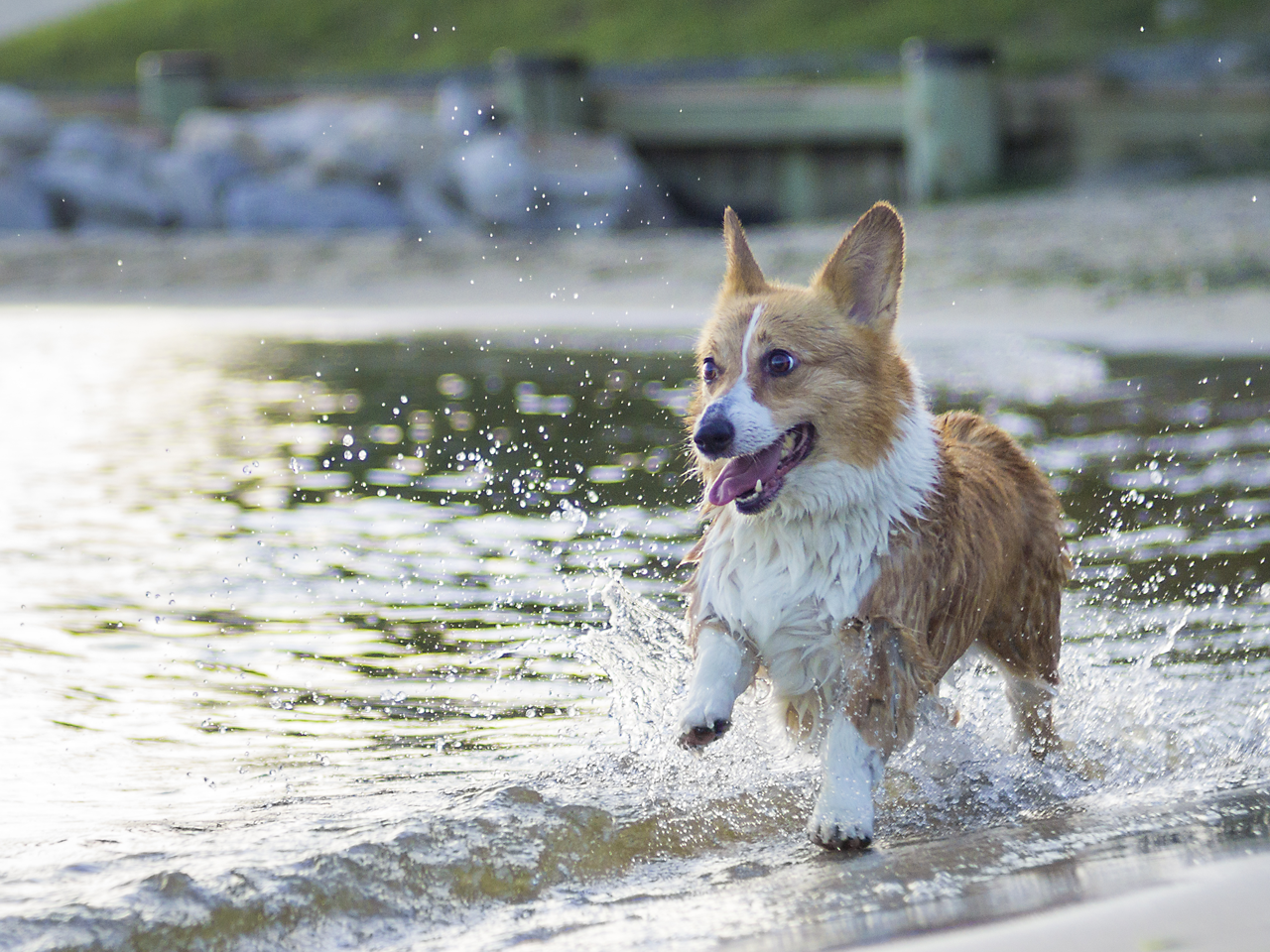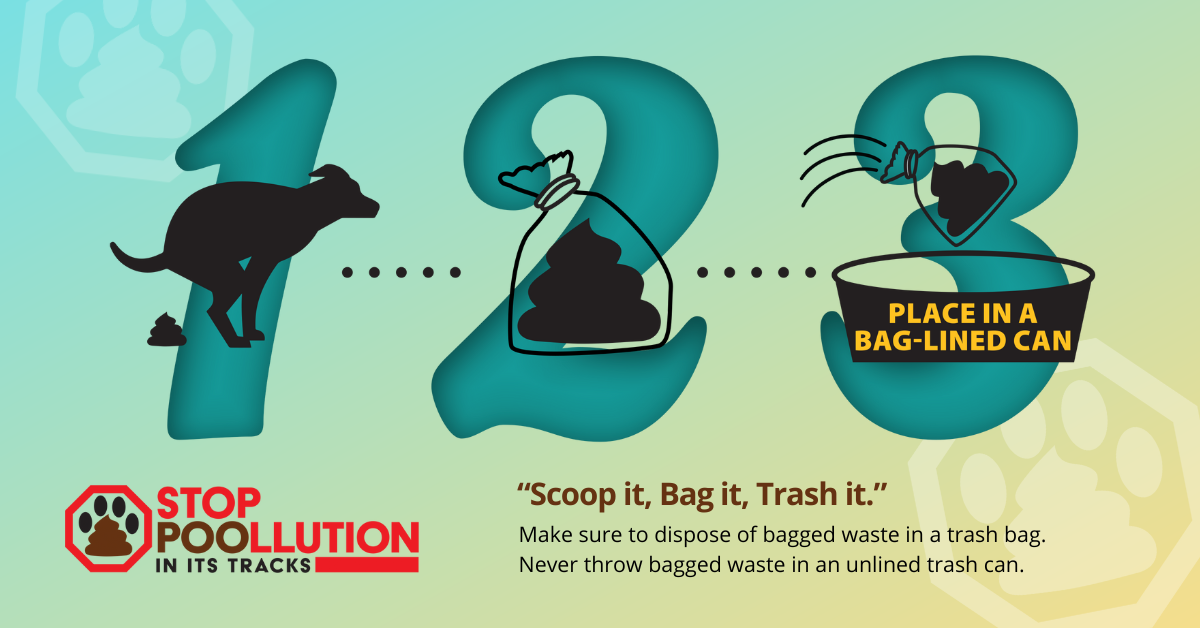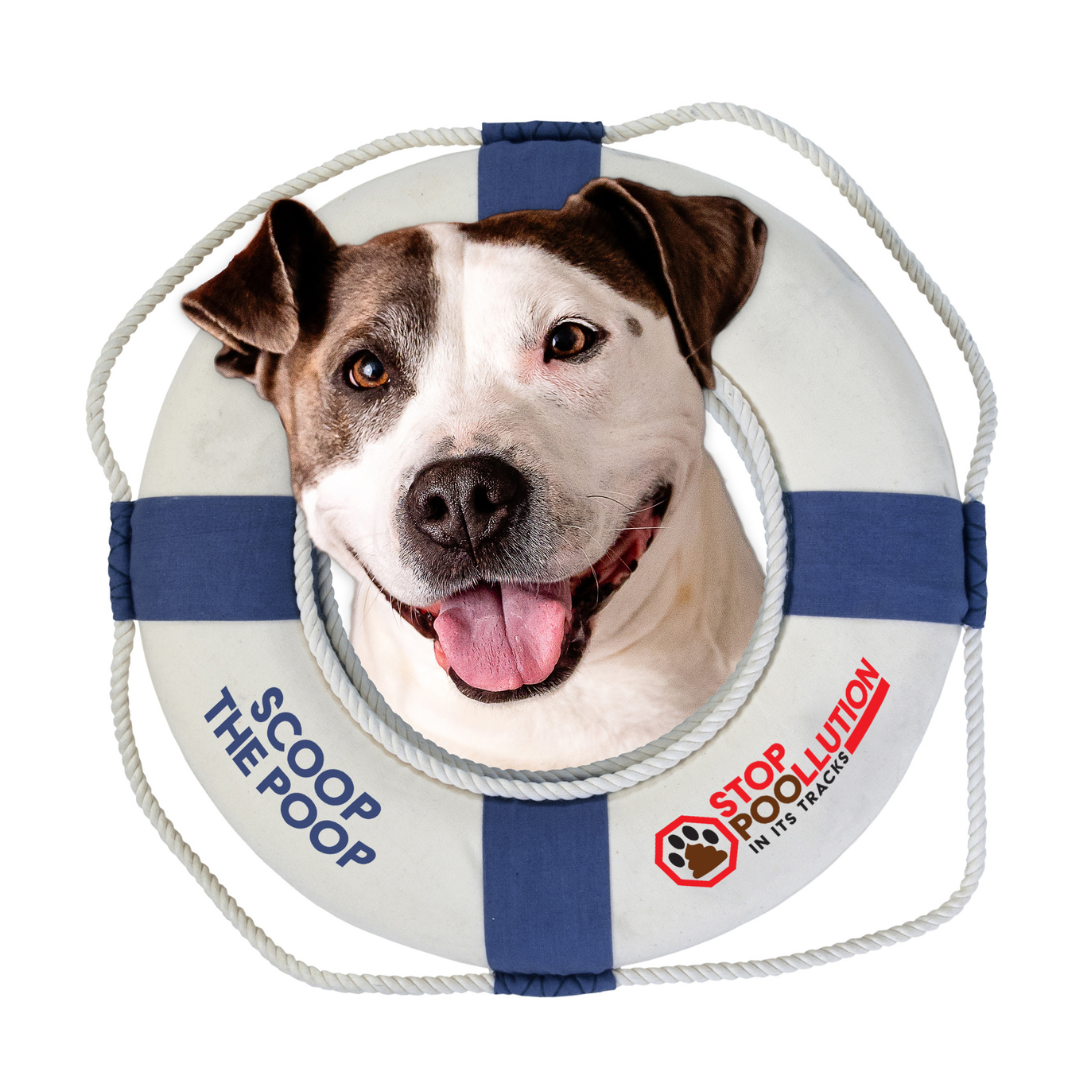Why is pet waste such a big deal?
The FACTS about Pet Waste in Anne Arundel County:
- Anne Arundel County waterways are closed to human contact for 48 hours after EVERY rainstorm exceeding 1/2-inch of rainfall1. This is due to bacteria pollution, much of it from pet waste, that washes into the rivers and streams during each rainstorm.
- A single gram of dog waste can contain 23 million bacteria2. When washed into rivers or streams by rainwater, this bacteria can cause serious health hazards. Pet waste also contains nutrients that can cause dead zones in the Bay.
- 2-3 days of waste from 100 dogs can contribute enough bacteria, nitrogen, and phosphorus to close 20 miles of the bay watershed to swimming and shell-fishing3.
- 79% of households in Anne Arundel County are within 1,000 feet of a mapped stream or shoreline.
- 48% of County residents own pets (10% more than the national average, according to the Center for Disease Control6).
- 70% of these pet owners reported letting their dog(s) swim in the Bay and/or local creeks/rivers, according to a 2017 intercept survey of County residents conducted by BWPR.
- According to a 2023 Chesapeake Behavior Change survey of County residents, 88% of dog owners pick up after their dogs at least sometimes while OFF of their property (12% are NOT picking up), and 81% of dog owners pick up at least sometimes while ON their property (19% are NOT picking up).
Bacteria from pet waste is a significant pollutant in our local waterways, and one simple way we can work to curb this non-point source problem is by scooping every time there's poop.

Take the Pledge to "Stop POOllution" in it's Tracks!"
Make a personal commitment to scoop every time there's poop for a healthy pet, healthy community, and healthy waterways!
The link below will redirect you to a Google Form.
Adopt a Neighborhood Pet Waste Station
A pet waste station on either County Right-of-Way or, with written permission, on community-owned property. Community representatives are strongly encouraged to contact Miss Utility (call 811) to ensure that there are no underground utilities constraints prior to installation.
The Anne Arundel County Bureau of Watershed Protection & Restoration can purchase and install one (1) mini-dog waste station per community through this program, plus your first round of 400 bags to fill the station. The trash can will not be included.
Communities have several options to consider, including some of these that have been adopted locally:
- you may choose not to install a trash can to mitigate maintenance needs;
- you may choose to repurpose a household trash can and fix it to the station with a lock;
- you may choose to purchase a matching/compatible can separately from Dog Waste Depot or another company; or,
- a generous neighbor living near the pet waste station can coordinate with our Bureau to receive a free "Pet Waste Friendly Bin" sticker for a household trash can for them to leave in their yard for dog walkers to use.
The community will be responsible for maintenance of the station in perpetuity, and a "Responsible Volunteer" will be assigned as a voluntary point of contact for the County. Click here to see a sample maintenance agreement. See the "Tips & Tricks for Bay-Friendly Pet Owners" section below to explore some options for local pet waste pick-up services.

Ready to Adopt a Pet Waste Station for your Community?
Thank you for your interest in helping keep your community and local waterways clean! The link below will redirect you to a Google Form where you can request a pet waste station to be delivered to you. Please note that this program is only available to residents of Anne Arundel County, Maryland.

Pet Waste FAQs
This is a very common misconception! Unlike cow manure, dog waste is not fertilizer. A cow’s diet of grass is fundamentally different from the high-protein, meat-based diets of most dogs. Cow manure is well-suited to nourishing plant material. Dog waste is highly acidic, and as a result, is harmful to grass and plants. Dog feces can also contain viruses, parasites, and other diseases that can be transmitted to humans, according to the Centers for Disease Control6.
Dog poop is different from the waste created by the wild animals that inhabit our communities, such as deer, raccoons, squirrels, and foxes. These animals are primarily consuming nutrients that are part of the ecosystem where they live. When the nutrients from pet waste are introduced into our local environment as dog waste, it introduces new matter into our ecosystem and disrupts the natural balance.
Unfortunately, Mother Nature does not pay any mind to property boundaries. When a rain event comes through, it will pick up loose waste in the yard and wash it down the nearest storm drain, directly into your nearest stream or river and most likely without any treatment. The only way to ensure that your dog’s waste stays in the yard is to pick it up before the rain carries it downstream!
The data might surprise you! According to a study done by the Maryland Department of the Environment in 2005, pet waste contributed to an average of 46% of the bacteria pollution in County waterways, compared to 35% from wildlife and 13% from livestock5.
Dog poop is different from the waste created by the wild animals that inhabit our communities, such as deer, raccoons, squirrels, and foxes. These animals are primarily consuming nutrients that are part of the ecosystem where they live.
There are also way more domesticated dogs in Anne Arundel County than what the natural system is able to process. When the nutrients from pet waste are introduced into our local environment as dog waste, it introduces new matter into our ecosystem, and disrupts the natural balance.
Most “compostable” and “biodegradable” bags still require industrial processing to break down and can still take anywhere from 10 to 1,000 years to fully decompose in landfills7. If you’d like to try out compostable bags, look for corn-based bags (some of which report to break down in a few months after proper disposal) and try to avoid petroleum-based products.
**Keep in mind that compost made from your pet’s waste should not be used in an edible garden.**
No matter what bags you use, we always recommend the “back-up bag” method for disposing of pet waste, which means placing bagged pet waste into bag-lined household trash or a local pet waste station (just in case that first bag breaches).
Tips & Tricks for Bay-Friendly Pet Owners
Adopt a FREE pet waste station for your neighborhood from BWPR, to be installed and maintained independently by the community. Email us for more information!
If you have a few dogs, not much time, or just can’t stomach the thought of picking up dog poop, there are local services that will come to your home regularly to remove waste from your yard. Doody Calls, Scoopers, and Southern Maryland Pet Waste Removal are all local options.
If you're not able to pick up *every* time, then what's the next best thing?
The most crucial time to make sure that your yard is clean is right before a rain event. Of course, it's best to scoop every time there's poop, but if not every day, then make sure you get it before a storm sweeps it into the Bay!
Start a campaign in your neighborhood! You can download/print FREE Campaign Starter Kit here. County residents can also email us to learn more about becoming a local leader and spearheading this campaign in your neighborhood, for which our Bureau will provide all training and materials to volunteer community leaders free of charge.
Page References
- Recreational Water Closings and Advisories. Anne Arundel County Department of Health
- Coastal Zone Act Reauthorization Amendments (CZARA) Section 6217. United States Environmental Protection Agency
- Van der Wel, B. 1995. Dog Pollution. The Magazine of the Hydrological Society of South Australia
- Swann, C. 1999. A Survey of Residential Nutrient Behaviors in the Chesapeake Bay. Widener Burrows, Inc. Chesapeake Research Consortium. Center for Watershed Protection. Ellicott City, MD. 112 pp
- Anne Arundel County. 2016. Total Maximum Daily Load Restoration Plan for Bacteria. Anne Arundel County, Maryland.
- Dogs - Healthy Pets, Healthy People. Center for Disease Control & Prevention
- Bioplastics: Are they really better?
Contact Us:
For questions or to inquire about a site visit, please contact our Education and Outreach Coordinator, Sally Albright via email or at (410) 222-0136.

